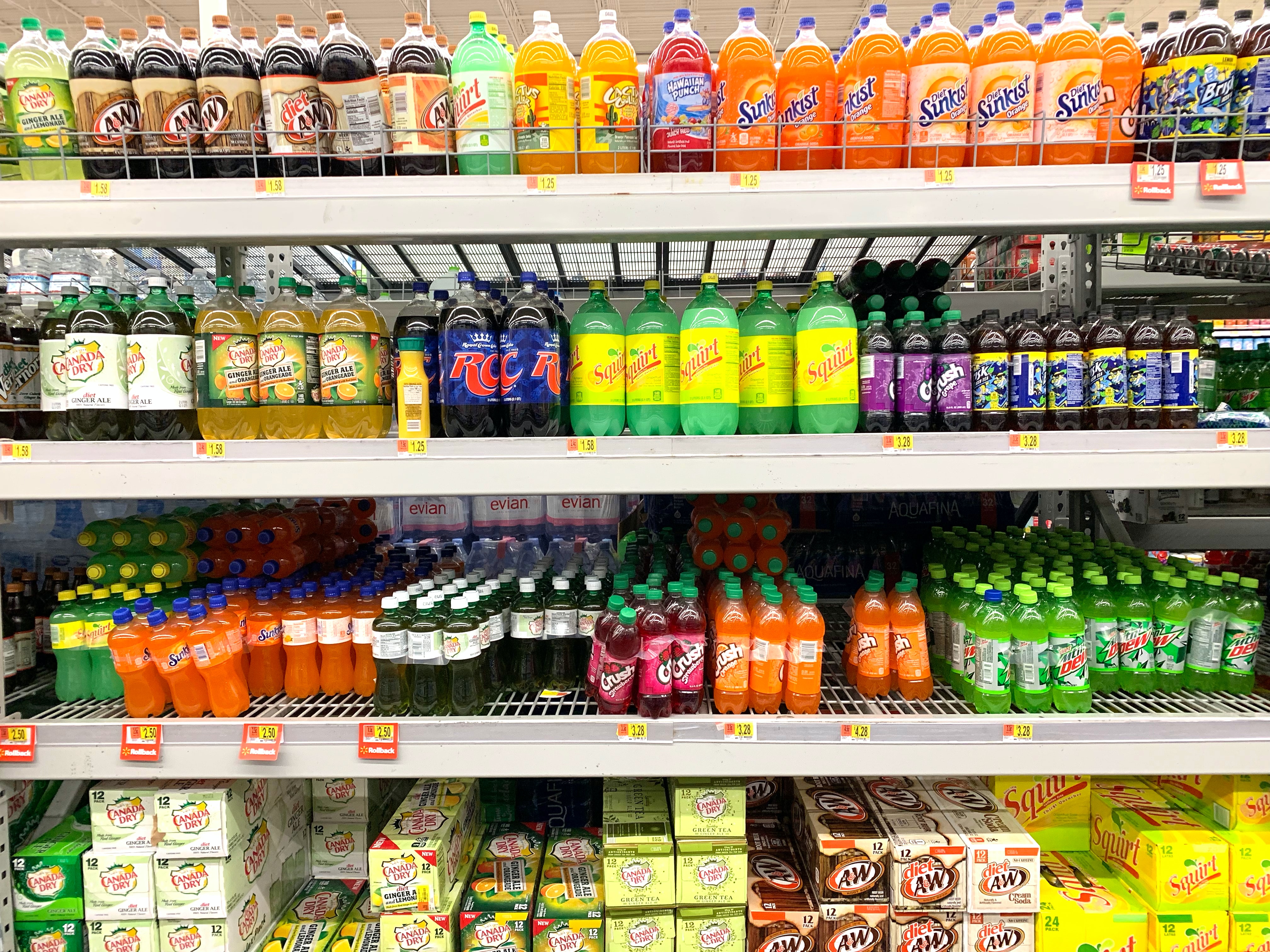Getting your product on the shelves of retailers – large and small – is no easy feat.
Buyers are concerned with one objective: growing the total value of the category – whether through driving penetration amongst non-category users, through selling products at a higher price and margin, or through increasing the speed at which products fly off the shelf (increasing rate of sale).
So, once you’ve secured a seat at the table to pitch your brand to a retailer, it’s your job to convince the buyer that your product will contribute to growth in the category.
Here are our 5 tips.
Go in armed with data about your product and marketing plans.
- Be clear about what will make your product fly off the shelves: its USP (unique selling points); its target audience; its suggested retail price and estimated demand. Highlight your promotional and marketing plans, including tactics that show you’re invested in helping the buyer sell your product. Incorporate plans for in-store sampling or an innovative and eye-catching approach to POS communications.
Determine the buyer’s mission and vision for the category.
- Get to grips with the buyer’s – and the retailer’s – overall strategy. Think about how you can position your brand and align your own strategy with theirs. For example, if a key category objective is providing choice and responsible options in the Soft Drinks category for all occasions, how does your product contribute to helping the buyer meet this pillar? Is your own target audience aligned with the category’s?
Be clear that you understand their customers’ needs.
- Understanding what people in a specific category are looking for and, crucially, whether these needs are changing over time will be key to convincing the buyer that you know their category inside out. Buyers will often rely on suppliers to provide them with market knowledge. For example, in a post-COVID retail landscape, the needs of category users will look notably different to what they were in January. Use customer intelligence to prove that your product and your NPD pipeline fulfils the needs of shoppers at this time.
Explain how you will drive new shoppers down the buyer’s aisle.
- Showing your product meets an unmet need in the category is the first step but remember that buyers will be obsessed with driving incremental sales to the category. Cannibalizing sales of products they already have listed will not help them grow the category. Use data to show how your product will drive new shoppers to the category through its distinctive proposition or by delivering on a need that no other brand in the category can currently meet.
Prove value by differentiating yourself against the competition.
- Where does your product sit in the category, and who are your main competitors? Don’t underestimate the value of competitive data. By establishing what your competitors’ strengths and weaknesses are and in which category Drivers your brand out-ranks them, you can make the case for de-listing competitor SKUs and replacing them with your own product.
At ProQuo AI, we arm you with the timeliest information to fuel any story you wish to present to a buyer. Our ProQuo AI always-on Brand Management platform is equipped with everything you need for a compelling trade story.
Interested in getting more guidance on how your brand can stand apart? Take a look at our comprehensive guide, How to Craft a Killer Trade Story.


